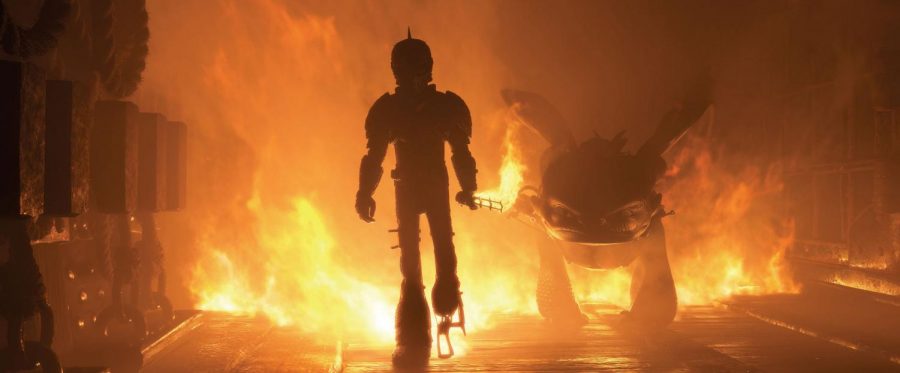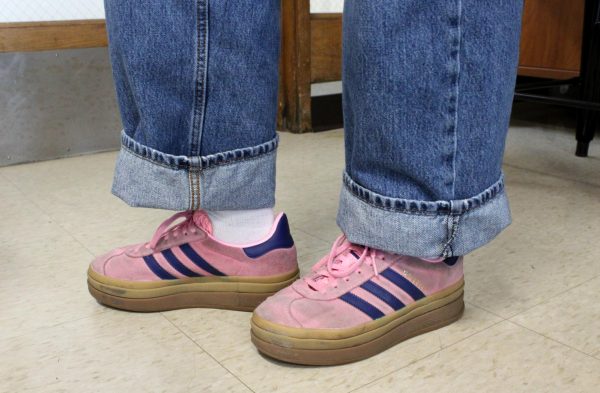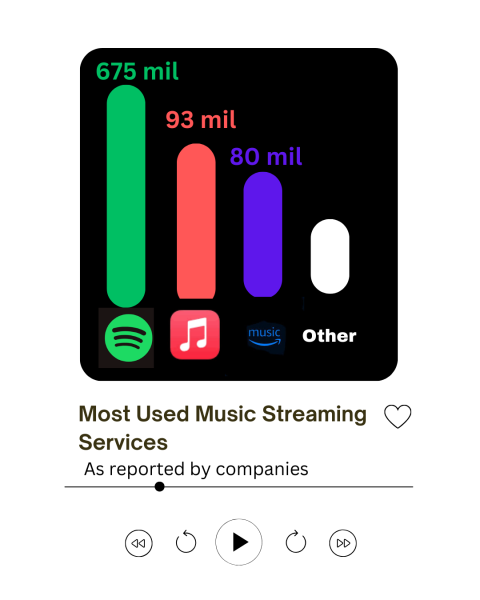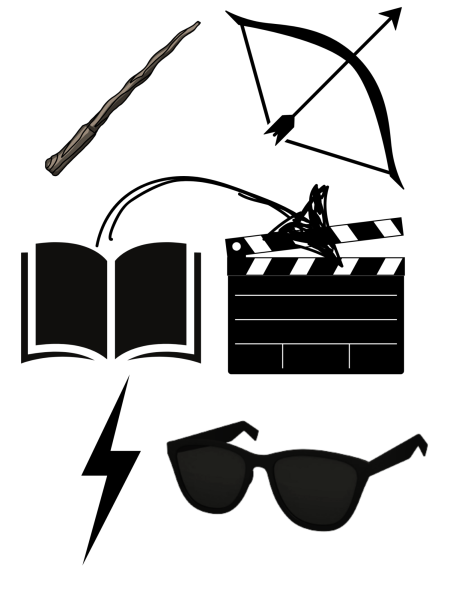‘How to Train Your Dragon: The Hidden World’: A beautifully flawed film
During the 15 years between “Toy Story” and “Toy Story 3,” Pixar Animation Studios went from a computer firm to a paragon of breathtaking animation and touching storytelling. In the nine years in between “How To Train Your Dragon” and the new finale to the trilogy, “How To Train Your Dragon: The Hidden World,” DreamWorks Animation undertook a more troubled and certainly less commercially successful transformation. Whereas Pixar has found artistic and commercial success time after time, DreamWorks has consistently struggled. “How To Train Your Dragon: The Hidden World” is a visually breathtaking and enjoyable film, but it betrays a company that is still struggling to find its own identity.
“How To Train Your Dragon: The Hidden World” is a movie about growing up, finding your identity and learning to let go. Introduced to us in the first film as an awkward young Viking, Hiccup (Jay Baruchel) has now taken his father’s place as Chieftain of the Berkians. As Hiccup tries to fill his father’s shoes, Berk is trying to cope with a community where the number of dragons vastly outnumbers the number of people. The fragile balance the Berkians have maintained is thrown out the window when Berk’s enemies hire dragon killer Grimmel (F. Murray Abraham) to take out Hiccup’s dragon, Toothless and capture the rest of the dragons. Desperate to save the dragons from an unspecified fate, Hiccup and the Berkians leave their island behind in an attempt to find the “Hidden World.”
Some adventures ensue, but the majority of the movie revolves around Toothless courting a female member of his species. The courting scenes are visually impressive, yet the amount of time dedicated to the dragon mating dances (influenced by real-life bird mating dances) suggests that Dean DeBlois (writer and director) is more occupied with the visuals of his film rather than a story that holds real narrative weight. The story feels rushed, and a copy and paste from other successes. All of Hiccup’s friends receive short, unsatisfying character arcs that never amount to anything. Hiccup’s mother has more of a purpose in this film than in past installments, even if it is just scouting and not rebuking the obnoxious advances of Snotlout (Jonah Hill), who loudly announces his crush on her and his intention to dispose and replace her son numerous times.
The movie also suffers from a generic villain. Grimmel’s reasons for hating Toothless are never made clear, and it is never explained why he passes on multiple chances to kill him, which is supposed to be his objective throughout the entire film. He’s just evil, and the movie doesn’t feel the need to go into any more detail.
The dragon sequences are lovely and impressive as Toothless woos his female counterpart. They engage in goofy comedic sequences and delightful aerial ballets that are reminiscent of Pixar’s smash hit Wall-E. The lacking plot of “Hidden World” leaves room for dazzling and expressive dragon interactions that are the joyful highlight of the film.
Almost all of “Hidden World” looks impressive, with the brightly colored Berk and the bustling metropolis it has become showcasing how impressive and ambitious CGI has become. Every frame in Berk is filled with remarkable individual movement and wacky architecture that feels at home in the world DeBlois created.
Two narrative arcs dominate the film. Toothless’s goofy courtship of his female equivalent and Hiccup’s own relationship with his crush-turned-girlfriend, Astrid (America Ferrera); those two are under pressure from the people of Berk to marry. DeBlois, instead of tackling this unique territory for a children’s film, shorthands their relationship. Astrid has no interest in getting married until she does. To DeBlois’ credit, he never uses a cliche Hollywood trope to make Astrid realize how much Hiccup means to her. Astrid is portrayed as an equal partner in their relationship, which grows quietly and organically through the film. However, that potentially interesting and meaningful subplot takes a backseat to Toothless’s romantic hijinks. The complex relationship is executed in such a simple way that it doesn’t resonate or feel special.
This awkward problem — of complex scenarios executed in a simple fashion — reaches throughout the entire movie. “Hidden World” isn’t a deeply flawed movie. The outline just seems too basic and far too familiar both from Pixar films and the other two “How To Train Your Dragon” movies. The lack of complexity and the familiarity in “Hidden World” are more indicative of problems DreamWorks has always had. The studio has a habit of copying Pixar’s successes, with movies like “Antz” or “Shark Tale” attempting to replicate the success of “A Bug’s Life” and “Finding Nemo”. The studio has recently turned to churning out spinoffs and sequels in an effort to get more solid financial footing.
All of the most impressive things from the film — the wordless skydancing and the painstaking process of finding an adult identity — feel stolen from other movies. The film’s beauty is reason enough to see it in theater, but it’s never as memorable or as fulfilling as Hiccup and Toothless’ connection in the first installment. The original “How To Train Your Dragon” felt like a promise of something new from DreamWorks, but it’s become a place for the studio to pump out the familiar. A passable ending to a good film trilogy, “Hidden World” hits all the necessary beats and themes but never goes that extra step to make its characters and world plausible.
“How To Train Your Dragon: The Hidden World” turned out to be a breathtaking hangout film that I enjoyed watching, instead of the next step for DreamWorks in ambitious storytelling. There are worse things to be.











